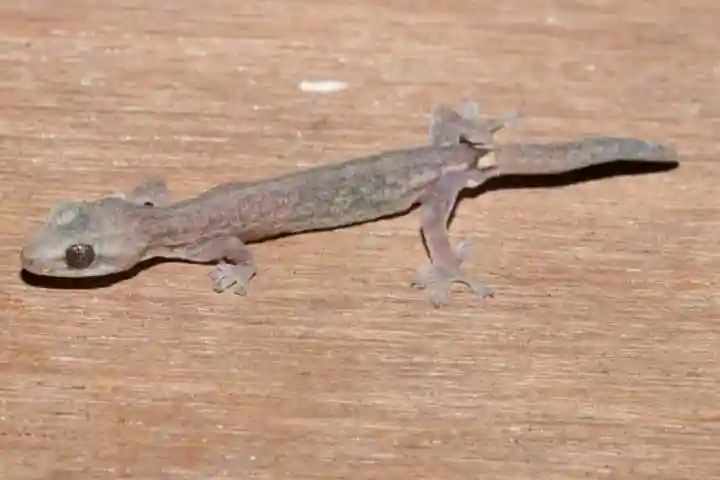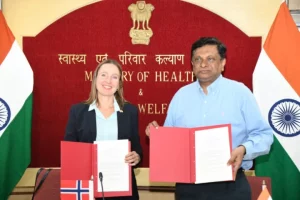A team of scientists from Goa University found a new species of gecko. What is really interesting is that while two of the specimens were found within the campus of the university, the other was discovered in South Goa at Chandor.
The species being endemic are found in the Western Ghats and have been named Hemiphyllodactylus goaensis. “Goa” in goanesis is for the place it was found while the first word stands for the genus this species belongs to.
The gecko discovered has a slender body and its size is 32 millimetres, making it about three times smaller than the usual lizards found in houses. Other features include 13 or 14 ventral scales, which are ringlike stripy structures visible on snakes’ bodies on its midbody. There are also 16 to 18 dorsal scales. These are platelike small structures that form a uniform pattern. What differentiates it from other species is also its subtle colour pattern differences.
Talking about the genus of gecko, scientists observed that it is more widely distributed than previously thought. While stating that the species is not endangered, scientists did warn about the threats it is facing from the overdrive in construction activity and burning of forests and vegetation, all of which could destroy its habitats.
Also read: Now Elephants in Sri Lanka will have biometric ID cards!
The new species were discovered in microhabitats — dwelling on walls in human habitation.
The Goanesis geckos according to the study “exhibited leaping behaviour and tail wagging after a short stride…are moderate to slow in movement but active hunters.” They preyed upon bugs, small moths, small crickets and cockroaches.
It was observed that when these creatures were provided bigger insects, almost twice their size, they took them in their mouth and shook their heads to tear it into smaller bits.
The findings of the research were published in Zootaxa on August 31.
The study was led by Akansh Khandekar of the Thackeray Wildlife Foundation. The other members on the research team were Dikansh S. Parmar, Nitin Sawant and Ishan Agarwal.




















